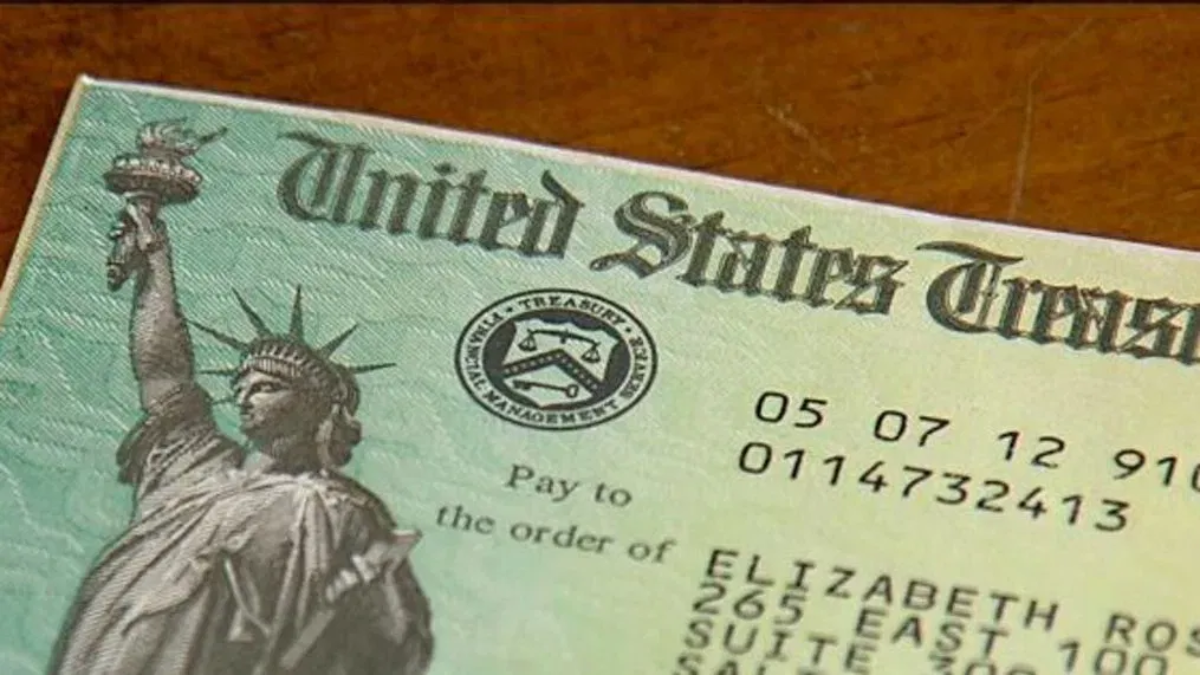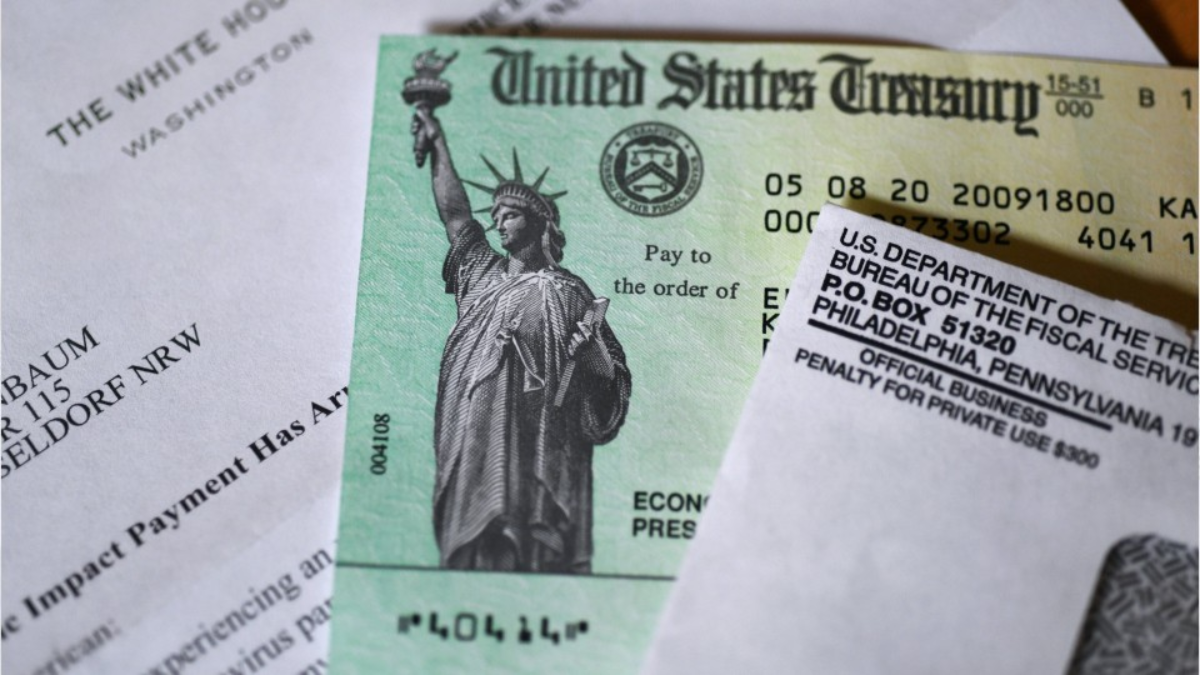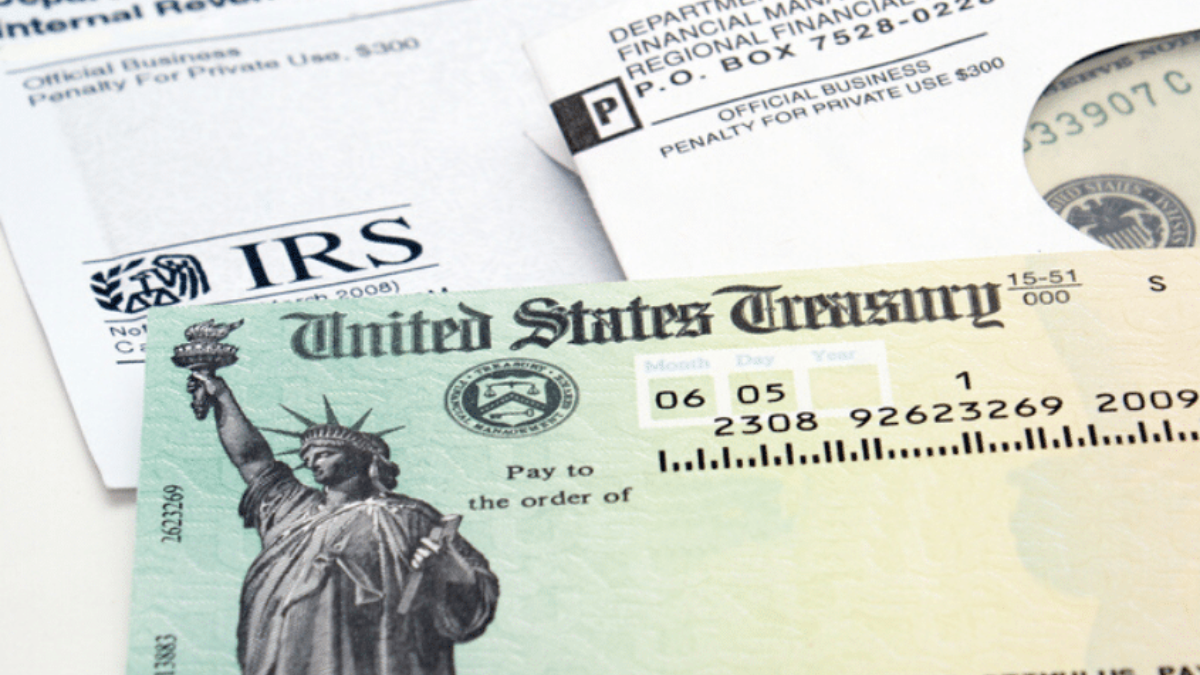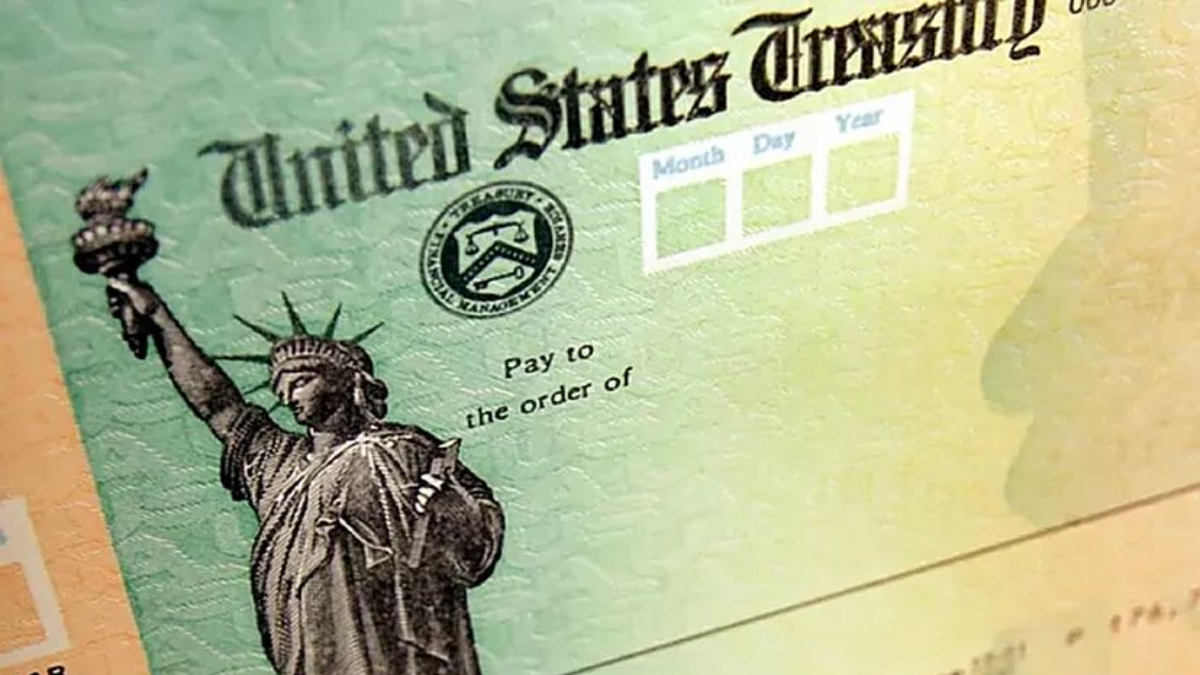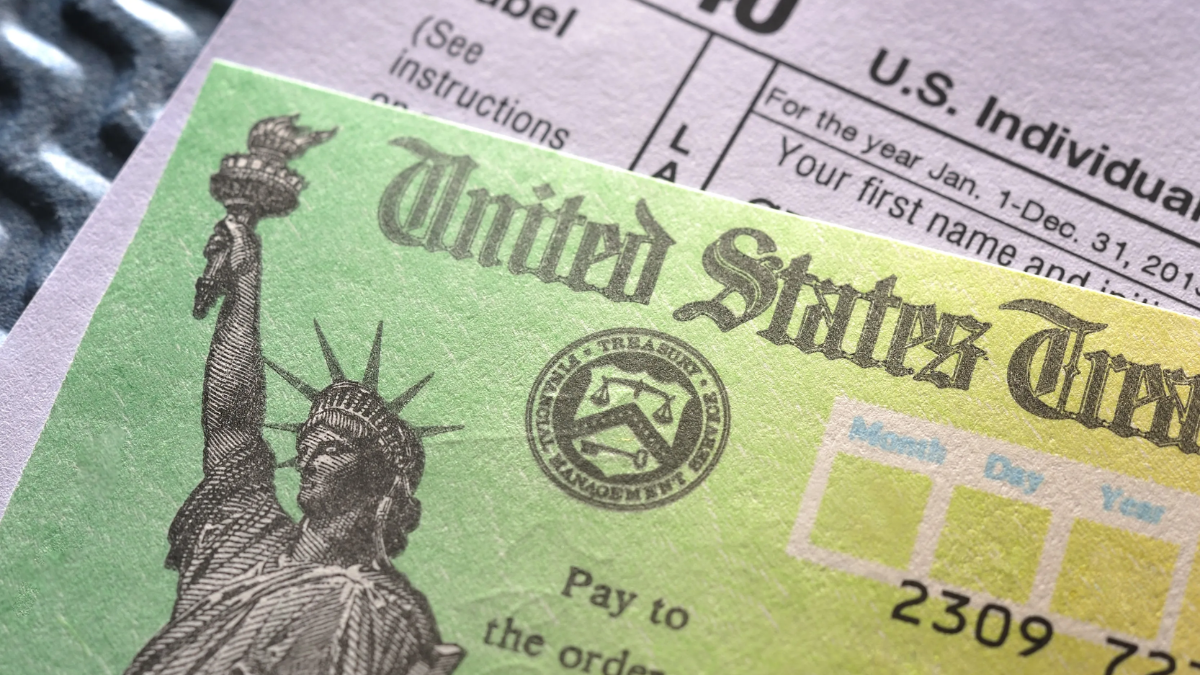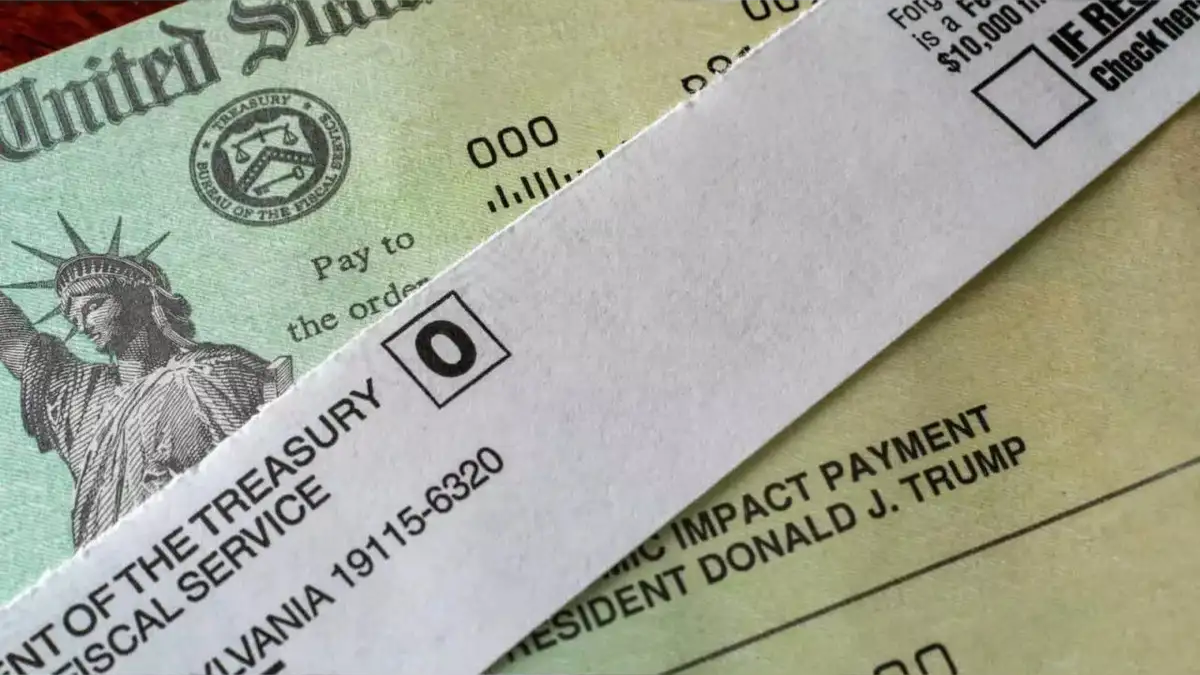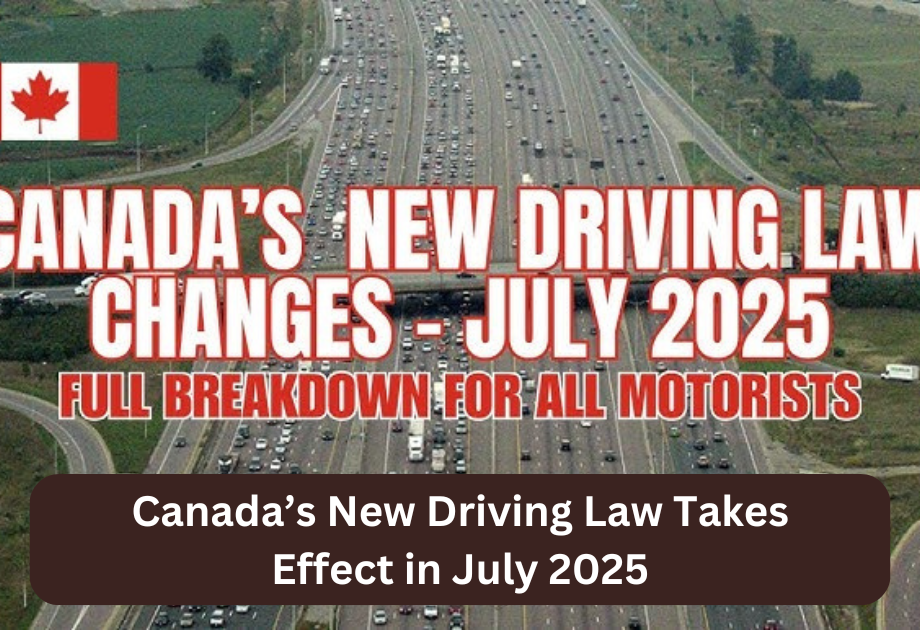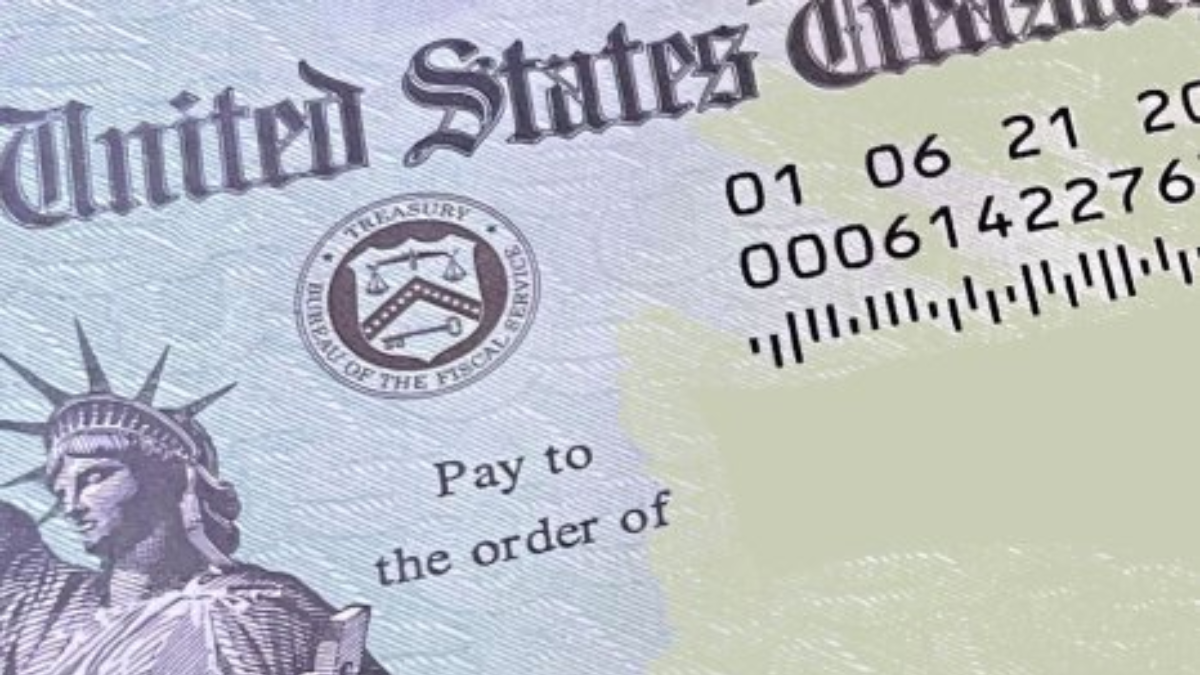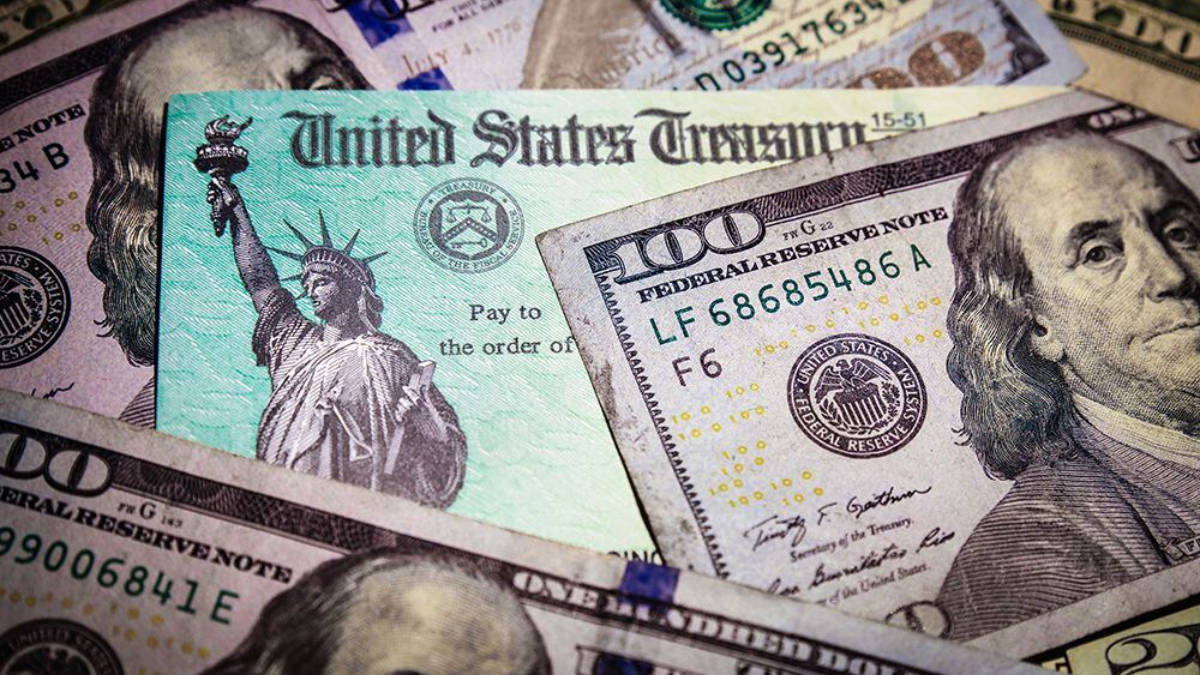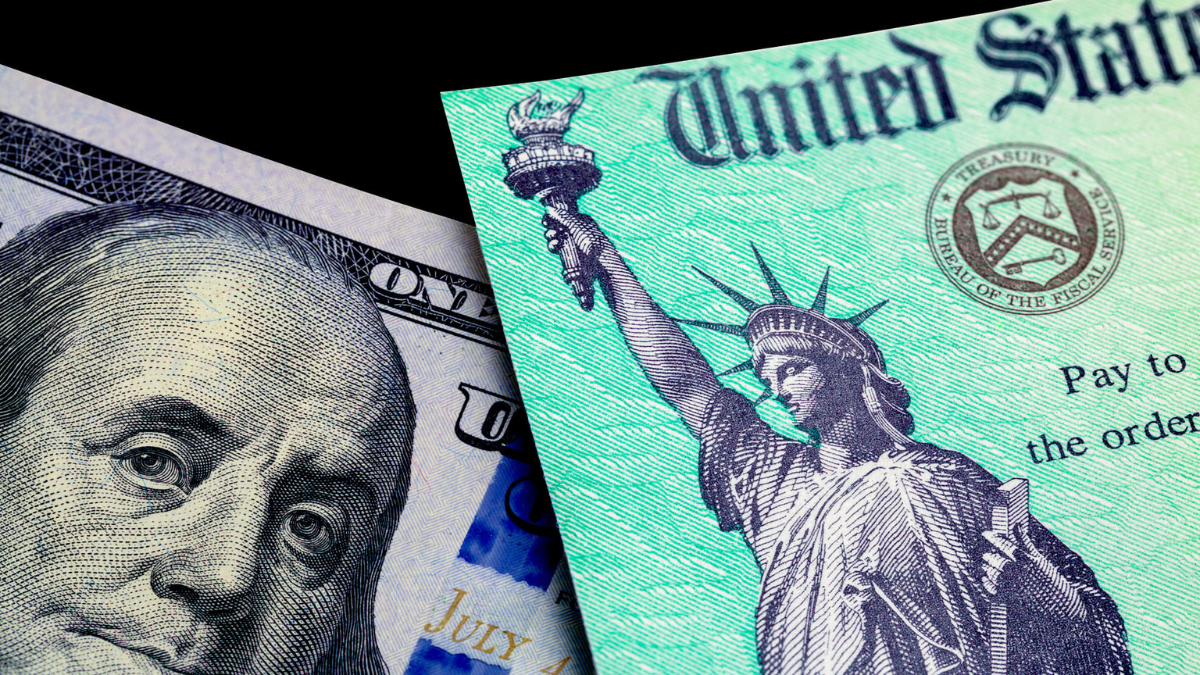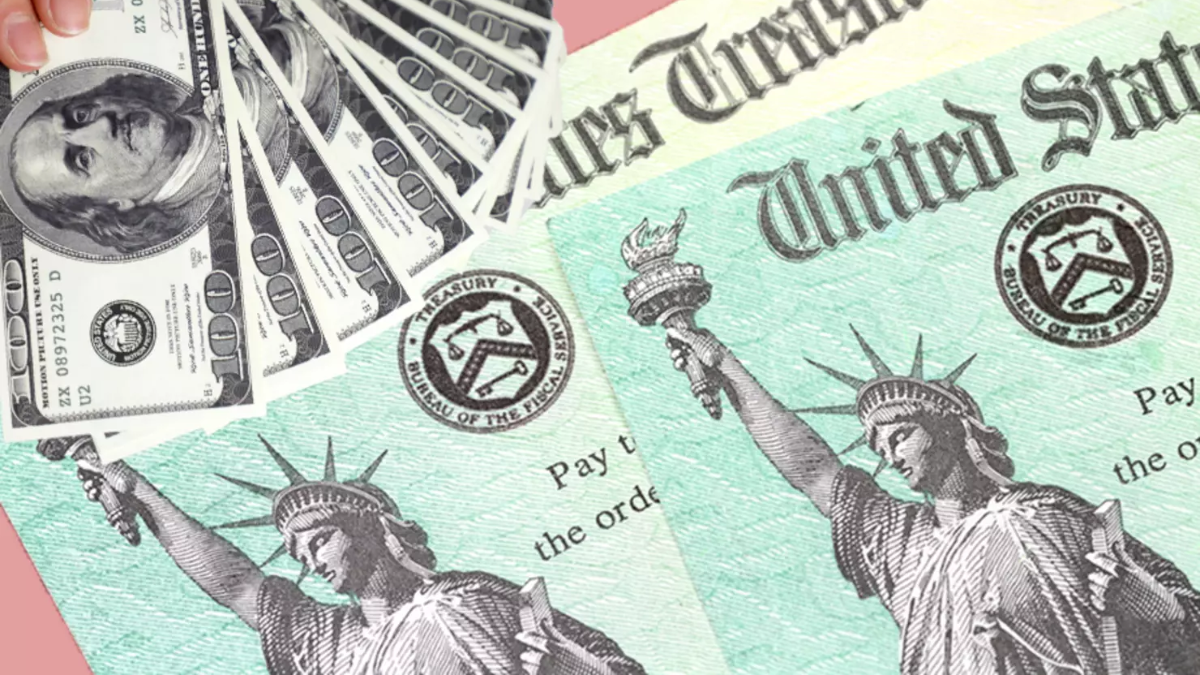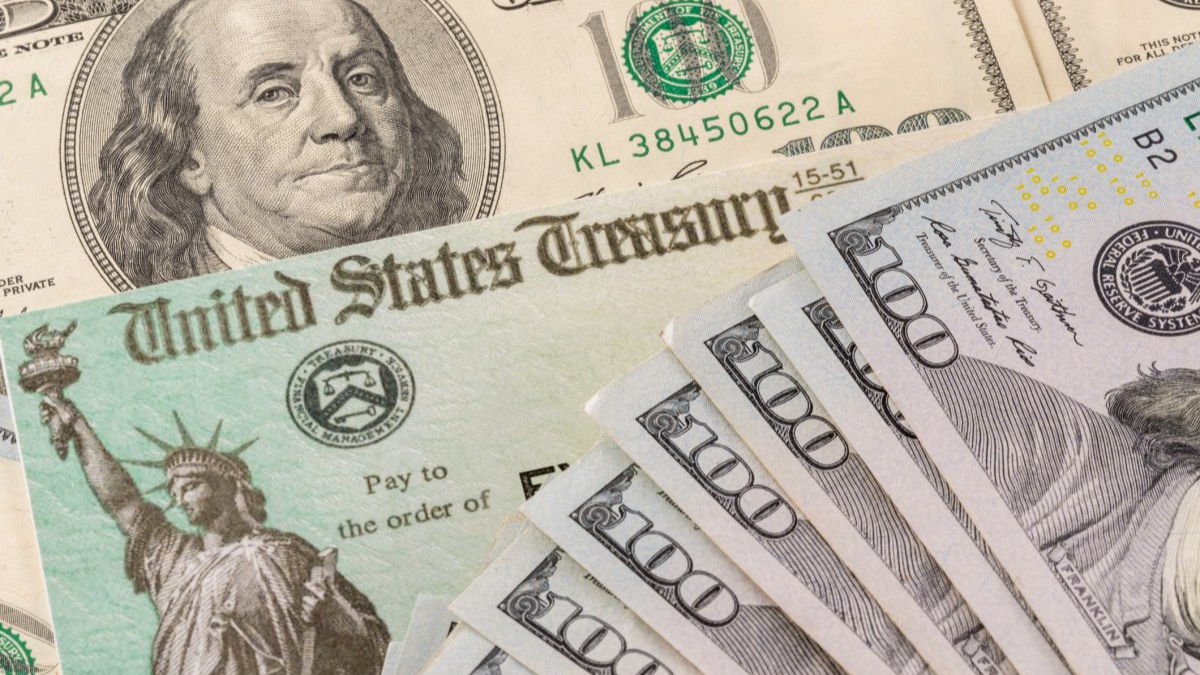The IRS is rolling out a special $3,500 bonus payment this week as part of a relief initiative for eligible Americans. This payment is aimed at helping lower- and middle-income families manage rising costs in 2025. If you’re wondering whether you’re on the list to receive this financial support, here’s what you need to know—including eligibility, deposit dates, and how to make sure you get paid.
Who Qualifies for the $3,500 Payment?
Eligibility for the $3,500 IRS bonus payment depends primarily on your 2024 tax return and income level. Single filers must have an adjusted gross income (AGI) of $50,000 or less, heads of household must earn under $75,000, and married couples filing jointly must remain under $100,000 AGI. Additional dependents under the age of 18 may increase eligibility amounts. Recipients of Social Security or veterans’ benefits may also qualify if they meet income limits and filed a return or submitted a non-filer form before the June 30, 2025, deadline.
Payment Schedule and Deposit Timeline
Bonus payments are being issued in multiple waves to accommodate direct deposit and paper check recipients. Direct deposits are being processed between July 13 and July 18, 2025. If you’ve updated your banking details before July 10, your deposit may arrive as early as Monday, July 14. Those expecting paper checks should receive them between July 19 and July 22. The IRS will update payment statuses daily through its online portal, beginning July 12, so be sure to check it to confirm your payment.
| Event | Date |
|---|---|
| Filing/Non-Filer Deadline | June 30, 2025 |
| Bank Info Update Deadline | July 10, 2025 |
| Portal Update Begins | July 12, 2025 |
| Direct Deposits Sent | July 13–18, 2025 |
| Mailed Checks Sent | July 19–22, 2025 |
Steps to Ensure You Receive Your Payment
To ensure you get your payment without delays, double-check that you filed your 2024 taxes or submitted a non-filer registration by June 30. Then, log in to the IRS portal and verify your direct deposit information before July 10. If there’s a status alert like “Bank Info Needed” or “Error Detected,” resolve it right away. Starting July 12, the “Get My Payment” tool will show if your bonus has been scheduled or sent. Most direct deposits arrive within 1–3 business days of the scheduled date.
What to Do If Your Payment Is Missing
If your payment hasn’t arrived by July 22, don’t panic—start by checking the portal. If your status shows “Sent” but nothing has posted to your account, wait until July 25 before contacting the IRS. Common issues include incorrect bank details or identity verification flags. You can resolve most problems quickly through the portal or by calling the IRS Economic Impact Payment hotline at 1‑800‑919‑9835. Be ready to verify your Social Security number, AGI, filing method, and any portal messages.
The $3,500 bonus payment from the IRS could make a meaningful difference for many families this month. By ensuring your tax return is filed, your bank info is updated, and your portal status is monitored, you increase your chances of receiving this payment smoothly. Don’t miss out—check your eligibility, act fast, and be proactive if any issues arise.
FAQ’s:
1. Do I need to submit a separate application?
No. If you filed taxes or registered as a non-filer before June 30, the payment will be issued automatically.
2. Is the $3,500 payment taxable?
No. This payment is considered tax-free relief and will not be counted as income on your return.
3. Can I still qualify if I receive Social Security?
Yes. Social Security recipients may qualify as long as they meet the income threshold and filing requirement.
4. What if my bank account is closed or incorrect?
The payment will be returned to the IRS, and a paper check will be mailed to your registered address.
5. When should I contact the IRS?
If you haven’t received your payment by July 25 and your portal status says “Sent,” call 1‑800‑919‑9835.
